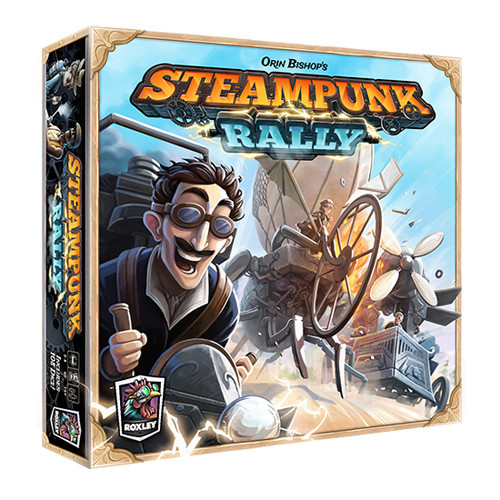 |
| The massive board, piles of Fortune coins, and players off vying for artifacts stashed around the world |
Our first post-Christmas, Sunday evening gaming sessions saw us trying out a mega board game that Mike S had received. It is Pulp-themed game called,
"Fortune and Glory." The obvious reference is an Indiana Jones reply to Short Round in the movie
Indiana Jones and the Temple of Doom. This is a big, expensive game with lots and lots of what our friend Zeke calles "fiddly-bits." We were testing out the Basic version, which saw about half of the bits not in use.
As players, each of us takes on the role of a Pulp explorer or personality. Mine was a French, tomb-raiding "scoundrel" named Jacques. Each explorer has a card with his abilities and a figure to be placed on the game board. The card lists your statistics in Fighting, Cunning, Agility, and Lore. These are what you will use to pass various tests, such as traps in tombs, fighting Nazi or other enemies, and figuring your way out of situations like being trapped in a plane with no pilot (or parachute). Your goal in the basic game is to attain 15 Fortune points (17 for Jacques, cause he's a greedy S.O.B.), which are represented by plastic, golden coins in two values. Plastic blue coins represent your "Glory," which you can spend to get equipment, allies (not Jacques, cause he doesn't share his fortune or glory -- because he's greedy), and even to get healed up.
 |
| Jacques' card, loaded down with Glory coins and the wounds he suffered to obtain the fabled Gauntlet artifact |
On the board, which is a colorful world map divided into areas, are placed 4 artifacts. Our goal was to be the first to reach those artifacts and pass the tests to solve and obtain them. Some artifacts need only 3 tests, others required 5. Each test takes the form of a random Danger card. Often these give you a choice of using your agility to avoid it, cunning to find your way around it, or (like Jacques) wade in and punch and shoot your way through it. Each test you pass earns you "Glory" points. Failing a test, forces you to try to pass the Cliffhanger on the back. If you pass, your turn is over, and you can pick up where you left off next turn. If you fail, you take a certain number of wounds or are even returned to your starting location minus 1d6 fortune, glory, equipment, allies, etc.
Jacques began the game in Alexandria and crossed the Mediterranean on the first turn and arrived in Venice, to find the long-lost magical "Gauntlet of...(um, I forget)". At the end of any turn where an artifact was obtained by a player, a new one is drawn and randomly placed on the board using the game's cards. It is a clever system, with the first card saying "The Eye of...", "The Heart of...", or other such titles. The second card gives the name, "Pharrah," etc., and the third the location. Jacques was able to punch his way through all five tests, and I snagged my first artifact. The other four players were doing the same, with various degrees of success or failure.
Fortune and Glory is not a quick game, and where the designers get a 90 minute playing time from is a mystery to us. It took us about 3 hours to get to the point where Jacques made a delivery in San Francisco and earned his 17th Fortune point. Of course, I was forced by the other players to make two re-rolls with cards they'd accumulated, but my luck persevered. It was a fun game, and now that we've played it once, I can see it going a bit faster. Also, we now realize the value of equipment, Allies, and other things you can acquire to help you out along the way.
The best thing about it (besides the fact somebody else spent the $90 to get it -- not me...ha, ha!), is that it accommodates a large number of players (8, I think). We rarely have only four players, which so many board games seemed designed around. I can definitely see us playing this again and braving dangers to obtain more Fortune and Glory.













































